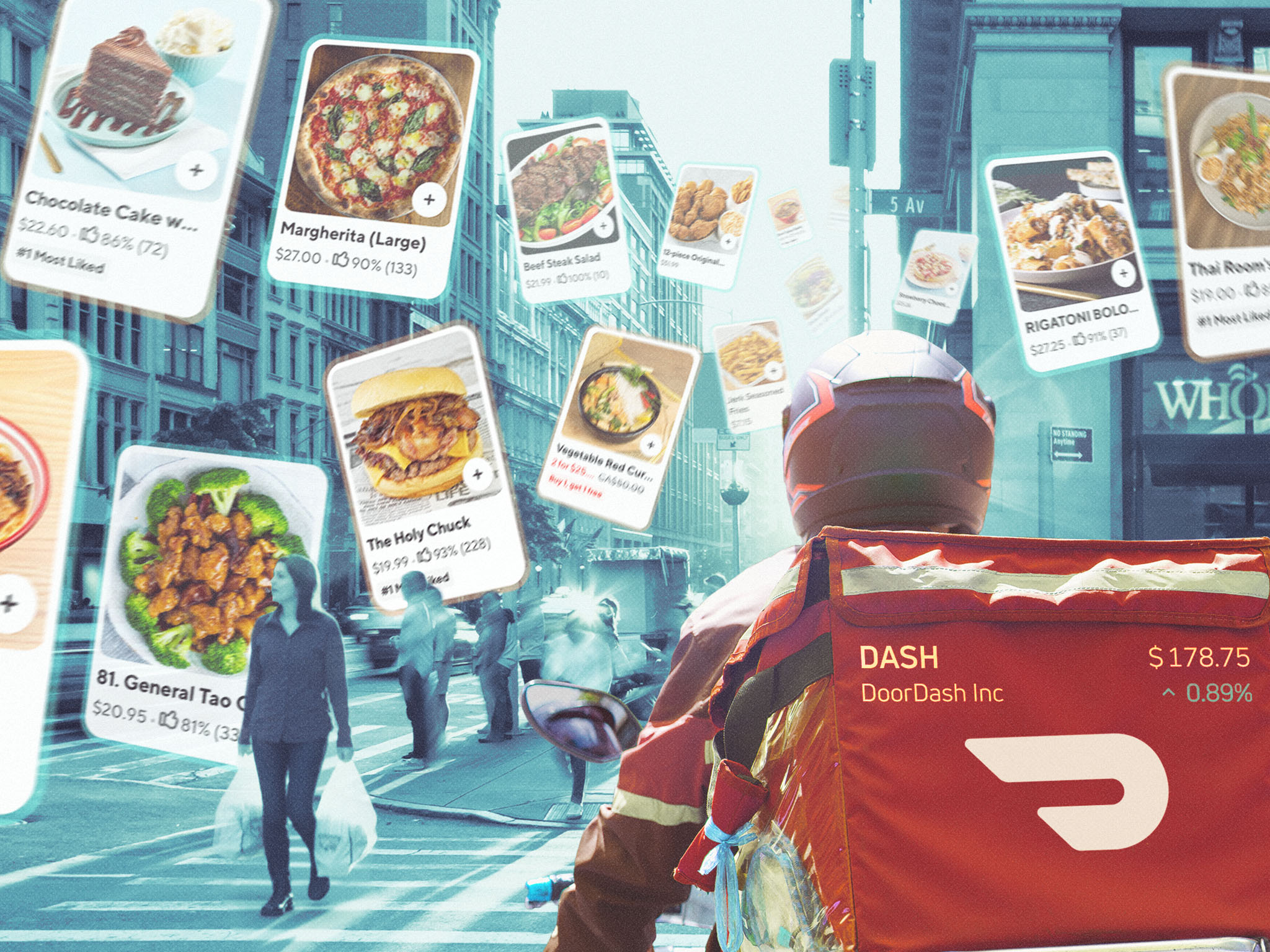The most interesting thing about DoorDash’s (NASDAQ: DASH) latest quarter wasn’t the record revenue and profit, or the plans it announced to buy UK-based competitor Deliveroo and restaurant software provider SevenRooms. Rather, it was an observation about consumer sentiment on a conference call with investors that should pique the most attention: people can’t seem to stop ordering delivery, despite rising fears about the health of the overall economy.
“We haven’t seen any changes in consumer behavior, even if there are changes in consumer sentiment,” CEO Tony Xu said, drawing comparisons with other recent periods of concern like the pandemic and years of peak inflation that followed. “Getting convenience delivered really is the most frequent form of spend and consumption, and food really is the most resilient category. We continue to believe that. We continue to see signs of that.”
The numbers don’t lie. DoorDash said that total orders increased 18% in the first quarter, while overall sales were up 21%. It’s a result of both expanding geographic reach and rising product offerings. Customers are also buying more groceries than ever before, and that’s resulting in a larger average order size.
Capital One confirmed the trend in a recent report and said that 28% of US households shop for groceries online at least once a month. Total sales in the segment could increase to $364 billion in 2026 from $258 billion in 2024.
Ravi Inukonda, DoorDash’s CFO, said demand was strong from both low- and high-income customers, as well as new and repeat users. “We get over 8 million signals on a daily basis, and we have a team of analysts that look at the underlying performance,” he said. “And when we look at the outlying cohort health, I mean, it looks pretty healthy…the business has continued to be very resilient.”
Expansion plans
Shares in the company have shed nearly 10% since the quarterly results release and acquisition announcements, although it’s normal for an acquiring firm to see declines after first trumpeting a purchase, at least in the short-term. Over the past year, DoorDash shares have risen 53% compared to a gain of only 8% for the broader S&P 500 index.
DoorDash, meanwhile, is aggressively pursuing continued growth instead of just trying to improve margins. The planned $4 billion acquisition of Deliveroo will help the company further expand into European markets, and the SevenRooms purchase for $1.2 billion is focused on adding to its platform business.
“We went from logistics as a service to online ordering as a service,” Xu said. “And with something like SevenRooms and especially what we hear all the time from merchants, is this desire to understand everything that’s actually happening about their guests and inside their dining rooms as well as their other channels.”
Still, challenges remain. Competition from rivals like Uber Eats (NYSE: UBER) and Amazon’s (NASDAQ: AMZN) Whole Foods division is strong, and Xu admitted that there is still a way to go before ordering groceries from a delivery app will be a remarkably better experience than shopping in a physical store. He also said the company is working on initiatives for self-driving deliveries and trying to solve issues related to the “first and last 10 feet problem of putting in items and taking out items from a vehicle.”
The easy growth, in other words, may be in the rearview mirror, and the next steps may prove more complicated. But if this is what a slowdown looks like, the Dasher carrying your lunch sure hasn’t noticed.




Comments